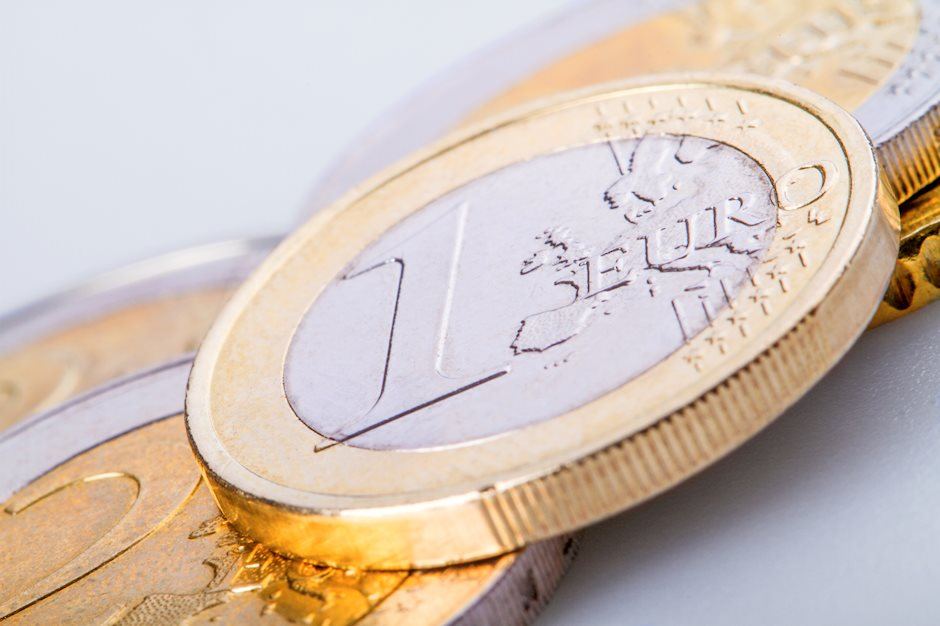EUR/USD weakens below 1.0400 on Trump’s tariff threats
- EUR/USD drifts lower to around 1.0380 in Tuesday’s early Asian session.
- Trump denied he will pare back his aggressive tariffs plan.
- Markets trim the ECB easing bets after the stronger Eurozone PMI and German CPI data for December.

The EUR/USD pair softens to near 1.0380 on Tuesday during the Asian trading hours. The Greenback edges higher after President-elect Donald Trump said that his tariff policy won't be pared back. Traders brace for the preliminary Eurozone Harmonized Index of Consumer Prices (HICP) and the US ISM Services Purchasing Managers Index (PMI) for December, which are due later on Tuesday.
Trump denied the Washington Post story that his aides are considering narrowing his tariff plan so that it would only apply to limited specific critical imports. Traders will closely monitor the development surrounding Trump’s tariff plan. Analysts believe that if US tariffs are broadly lower than Trump promised on the campaign trail and aimed only at "critical" sectors, then the outlook for global growth should improve and the USD should weaken.
Across the pond, the stronger-than-expected PMI data from Spain, Italy, France, Germany, and the Eurozone could help limit the EUR's losses. Additionally, the initial German CPI, which came in hotter than forecast in December, provides some support to the EUR as markets trim the European Central Bank (ECB) easing bets. However, political instability in Europe and the threat of a US trade war could drag the shared currency lower against the USD.
Euro FAQs
The Euro is the currency for the 19 European Union countries that belong to the Eurozone. It is the second most heavily traded currency in the world behind the US Dollar. In 2022, it accounted for 31% of all foreign exchange transactions, with an average daily turnover of over $2.2 trillion a day. EUR/USD is the most heavily traded currency pair in the world, accounting for an estimated 30% off all transactions, followed by EUR/JPY (4%), EUR/GBP (3%) and EUR/AUD (2%).
The European Central Bank (ECB) in Frankfurt, Germany, is the reserve bank for the Eurozone. The ECB sets interest rates and manages monetary policy. The ECB’s primary mandate is to maintain price stability, which means either controlling inflation or stimulating growth. Its primary tool is the raising or lowering of interest rates. Relatively high interest rates – or the expectation of higher rates – will usually benefit the Euro and vice versa. The ECB Governing Council makes monetary policy decisions at meetings held eight times a year. Decisions are made by heads of the Eurozone national banks and six permanent members, including the President of the ECB, Christine Lagarde.
Eurozone inflation data, measured by the Harmonized Index of Consumer Prices (HICP), is an important econometric for the Euro. If inflation rises more than expected, especially if above the ECB’s 2% target, it obliges the ECB to raise interest rates to bring it back under control. Relatively high interest rates compared to its counterparts will usually benefit the Euro, as it makes the region more attractive as a place for global investors to park their money.
Data releases gauge the health of the economy and can impact on the Euro. Indicators such as GDP, Manufacturing and Services PMIs, employment, and consumer sentiment surveys can all influence the direction of the single currency. A strong economy is good for the Euro. Not only does it attract more foreign investment but it may encourage the ECB to put up interest rates, which will directly strengthen the Euro. Otherwise, if economic data is weak, the Euro is likely to fall. Economic data for the four largest economies in the euro area (Germany, France, Italy and Spain) are especially significant, as they account for 75% of the Eurozone’s economy.
Another significant data release for the Euro is the Trade Balance. This indicator measures the difference between what a country earns from its exports and what it spends on imports over a given period. If a country produces highly sought after exports then its currency will gain in value purely from the extra demand created from foreign buyers seeking to purchase these goods. Therefore, a positive net Trade Balance strengthens a currency and vice versa for a negative balance.
Author

Lallalit Srijandorn
FXStreet
Lallalit Srijandorn is a Parisian at heart. She has lived in France since 2019 and now becomes a digital entrepreneur based in Paris and Bangkok.

















